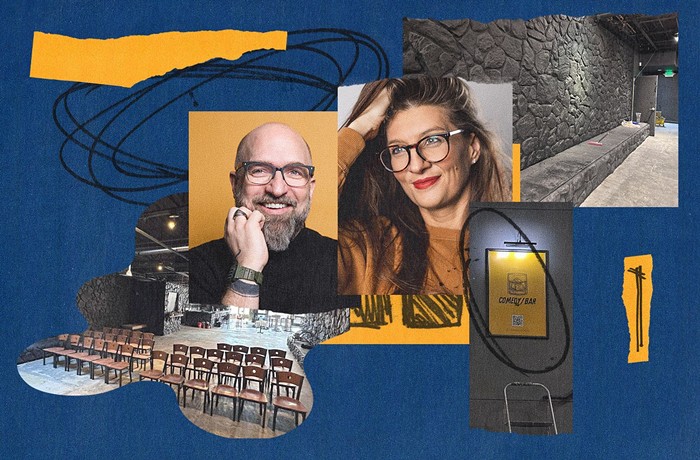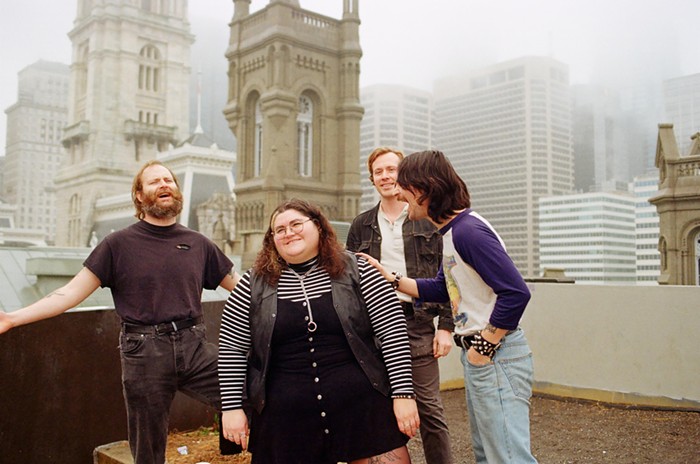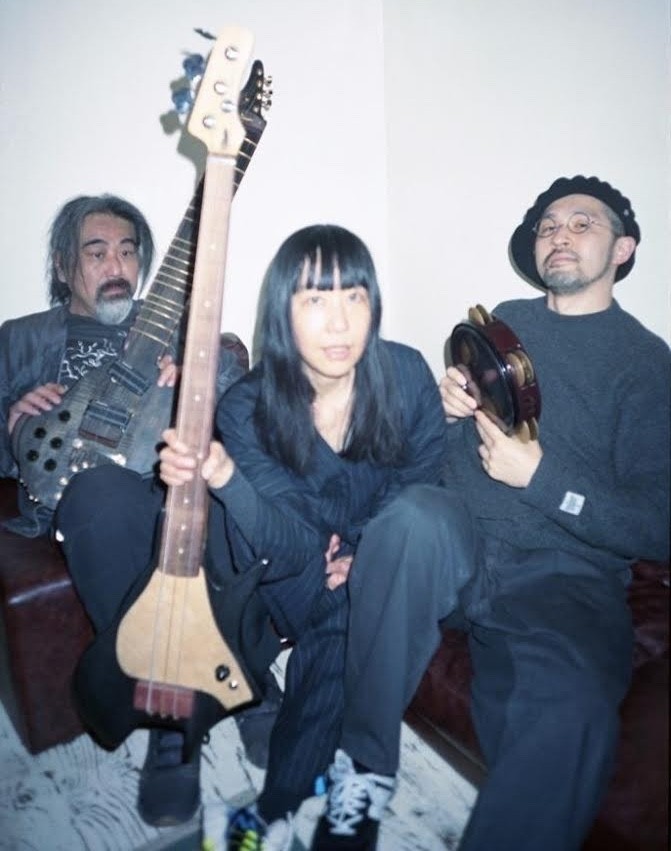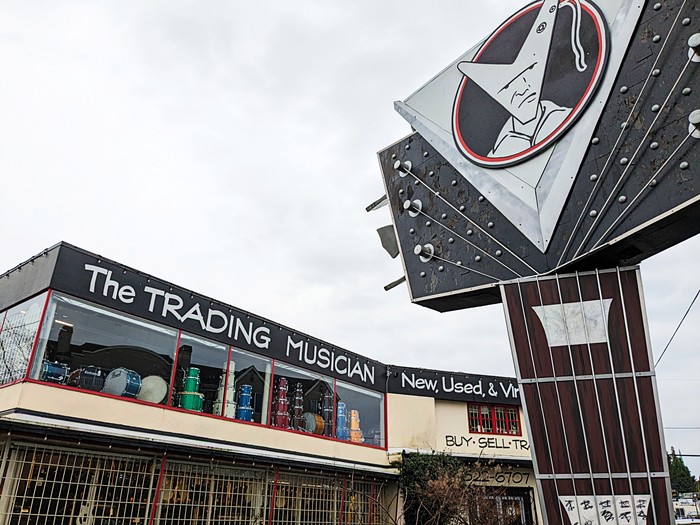There are really two interesting big cities in Western Washington, Seattle and Tacoma. Everett is still a hypertrophied company town; and Bellevue, though it's the region's first major majority-minority city and offers the best Indian restaurants in the state (many of which easily surpass the top ones in Vancouver BC), will always be a hypertrophied suburb. What makes Seattle distinct is its size, density, and, in recent years, commitment to spectacle-scale experiential consumption.
Seattle's art community at this moment cannot, however, be taken seriously. It is in decline, a fact made apparent by the short life of the popular Museum of Museum. If Seattle could not sustain that project, then we know going below its modest ambitions is not tenable. One has to be big (very big) in this city. This is why our last three mayors cannot be distinguished from CEOs. Tacoma, on the other hand, is interesting because it could go the CEO city route, or invest heavily in a form of experiential consumption that's local, dynamic, and economically democratic. That city could become the arts capital of the region. That's why it is interesting.
As far as I can tell, the concept of experiential consumption made its first appearance in a 1988 book by the French social theorist André Gorz, Critique of Economic Reason. David Harvey, the New York-based British geographer is responsible for developing the concept in the English-speaking world. The idea is this: experiences have become the ideal commodity because, for the most part, they can't be kept, possessed, or taken home. A little thought is all that's needed to expose this concept at the core of Las Vegas's successful ad campaign: "What happens here, stays here." Why be in the business of making things that are solid and stick around? Experience, rather stuff, is what really "melts into [and remains in the] air." But the experiential economy is not the same all around. It has a spectacle size; and a creative one. This summer, Seattle made it clear it was devoted to the former (MLB All-Star Game, Swift, Beyonce); Tacoma is presently on the cusp of devoting itself to the latter.
Tacoma is not unaware of its switching point. It knows it can very well go in one direction (known) or another (undefined and likely not at all compatible with its comparative advantages to Seattle—yes, I know, it's odd that I'm using the Ricardian theory of comparative advantage; I will address this seemingly unexpected turn in my thinking in another post).
Two recent developments make this awareness obvious. One, the city successfully passed Tacoma Creates, an increased sales tax that benefits the arts, with a jaw-dropping 67% of the vote. It also had in its 2021 mayoral race a candidate, Jamika Scott, who placed the creative experiential economy at the center of her run. True, Scott, did not win (she is presently running for a council seat), but can you imagine any mayoral candidate in Seattle taking the arts seriously? We now can only elect CEOs, who are a great fit for an economy of the spectacle, of cruise-ship tourism, of capital-intensive professional sports, and the like.
This understanding of Tacoma's current situation is clearly and passionately expressed in Tamiko Nimura's 2021 post "On Tacoma Arts and Social Change."
She writes:
An increase of resources will be crucial to retaining artists in a city that has recently become one of the hottest housing markets in the nation; pressures of gentrification and displacement are urgent, even as Tacoma still has something of a second-city mentality, in the shadow of Seattle’s larger, more competitive arts scene. (We seem to be perpetually “on the verge” of bursting onto larger arts scenes. I moved here in 2004 and was told — and saw — this “on the verge” perspective a lot.)
Way behind King County is presently trying to catch up with its own version of Tacoma Creates. As Rich Smith reported earlier this month, the "bill would bump up the sales tax by $0.001 per dollar to raise $90 million per year to help local [cultural] institutions." But, of course, "political support for the measure seems unclear."
When I recently visited Tacoma's Tacoma Urban Performing Arts Center (TUPAC—and, yes, that Tupac), which is at the center of the city's future, the Hilltop District, and its October arts month, the city's current position was made very clear. Formerly a drug store, TUPAC is primarily devoted to the art of dance (classical ballet, ballet fusion, and African dance). And it's the location where Sound Transit launched its 2.4-mile extension of the T-Line. And on October 14, its south section was occupied by local artists, one of whom was the talented designer Darrell McKinney (I bought two of his beautiful objects for less than $100). What I felt during my time in this space and part of the city was the switching point itself. Tacoma has only a short time to make a bold and conclusive decision about what kind of city it wants to (and can) become.
Tacoma Creates, which, as Nimura points out, has benefitted TUPAC and other Hilltop arts organizations, is only just the first step. It's now at a point where a huge (even unprecedented) investment in human-scale experience consumption (which has an educational value, unlike the consumption of spectacles) would leave Seattle in the dust.




















